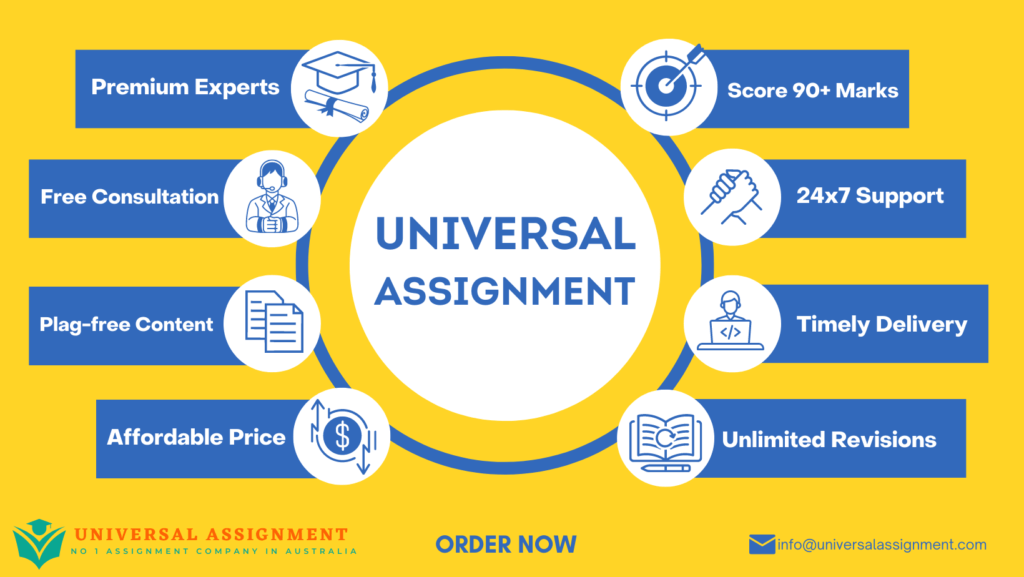
Assignment 3: Corporate Governance Report
BUSM 3115 Ethics & Governance
TITLE PAGE
[date]
Student name:
Student number:
Tutors name: [insert name] Word count:
[font in your text should be 12 point. 1.5 Line Spacing]
[For guidance on what should go in each section watch and re-watch the guidance video on Canvas and take notes.]
1.0 INTRODUCTION – 200 words approx.
[font in your text should be 12 point. 1.5 Line Spacing]
Outline the purpose and paper structure (tell the reader what you are going to argue, and how you are going to do it.
- What are your major arguments?
- How will your board paper be structured?
This is stuff you should be getting good at and hopefully have learned some important writing skills from E&G.
2.0 BODY OF CG REPORT –1350 words approx.
- Second Level Themed Heading – Subheadings for your main body should be themed and relate to the content of the writing – perhaps titled around major arguments.
This Analysis section should contain about 1350 words:
Table 1: Background to the Assignment
| IMPORTANT BACKGROUND: Do remember that this report has been sought because Australia has been through an ongoing wave of corporate scandal: Banking Royal Commission, CBA money laundering and in 2020 alone we have had QBE, AMP, Rio Tinto, and another money laundering resulting in a $1.3Billion fine for Westpac. There is a recognition that all of these scandals in various different ways show how agency theory, and the policy responses (practices) derived from the theory (boards, directors, subcommittees, managerial incentives/remuneration, institutional investors etc) are not making Australian companies, directors or executives more accountable or responsible. |
- 5-6 paragraphs – The major focus of this section is comparing and contrasting the various ownership models (Shareholder owned, Government owned, Membership owned) and the extended representation model of co-determination.
- This should be done using Accountability (Schillemans and Bovens 2019) & Stakeholder (Freeman 2008; Mitchell et al 1997) perspectives to assess the strengths and weakness of these models. If you feel confident you might want to include another perspective that might help your argument (Some of the authors point to other general principles of governance). There is also the scope to analyse using other E&G course literature, theory, concepts, and further research.
- We strongly suggest you develop a TABLE to identify strengths and weakness of each model using Accountability (Schillemans and Bovens 2019) and Stakeholder perspectives (Freeman 2008; Mitchell et al 1997).
- Draw on Lit pointers Government Business Enterprises (GBEs) (Bovens 2019; Henderson & Clarke 2016), co-operatives (Erassti et al 2017; Cook 1995), and codetermination on boards & works councils/dual boards (Jackson & Muellenborn 2012; Frege 2005, 2002; Hertig 2006).
- Remember to describe key concepts – accountability, stakeholder perspectives agency, stewardship theory etc, that you are going to use to argue. Summarizing succinctly whilst capturing the main arguments.
- You can use TABLES and DIAGRAMS in your text and or APPENDICES and these do not count to the word count, but they need some explanation by you in your body text to tell the reader what they show/highlight/illustrate etc.
- In-text citations and reference list MUST follow RMIT Harvard Style guide.
Table 2: Assignment 3 Questions
| How can organisations and specifically organisational boards be made more accountable (Schillemans and Bovens 2019)? From accountability (Schillemans and Bovens 2019) and stakeholder (Freeman 2008; Mitchell et al 1997) perspectives what are the strengths and weaknesses of the extant governance models? Drawing on course literature and concepts (for example Psaros 2008; Mitchell et al 1997; Boyd et al 2011; Morck, and Yeung, 2003; Young et al 2008) critically address these questions by interrogating literature on the following alternative governance models and structures (Government Business Enterprises (GBEs)/State Owned Enterprises (SOEs), cooperatives, unitary boards, dual tier boards/codetermination/Works Councils). Your answer must discuss principles that might apply to all models and draw on the following literature: stakeholder value (Freeman 2008), Government Business Enterprises (GBEs) (Bovens 2019; Henderson & Clarke 2016), co-operatives (Erassti et al 2017; Cook 1995), and codetermination on boards & works councils/dual boards (Jackson & Muellenborn 2012; Frege 2005, 2002; Hertig 2006). |
3.0 CONCLUSION – 200 words approx.
- Recap of your question answers and major arguments supporting them.
- Tell the reader what you have already told them – Should link to and be consistent with the introduction.
**You should be getting good at this and hopefully have learned some important writing skills from E&G.
4.0 RECOMMENDATIONS – 250 words approx.
Your recommendations for a reform agenda to make organisations and organisational boards more accountable – this should logically flow from your analysis.
This section should contain 4-5 dot point recommendations that are informed by specifically the theories and concepts we’ve recommended for this assignment as well as covered in the course to make Australian Corporations more accountable and responsible.
For example, these recommendations can be informed by Accountability, Stakeholder perspectives, or any Assignment Task 1 or course readings Husted, Victor & Cullen, Jones and Ryan, Psaros, Morck & Yeung, Exit Voice and Loyalty, Agency, Stewardship etc.
LEARNING FROM FEEDBACK
(this section will not count towards your word count)
Tell us in dot point form how you attempted to improve your work for Assignment 3. This can be based on feedback on Assessment Task 1 or 2.
APPENDICES
APPENDIX A APPENDIX B
[if required] [include evidence from the case that enables you to build arguments in your text]

Get expert help for BUSM 3115 Ethics & Governance and many more. 24X7 help, plag free solution. Order online now!

